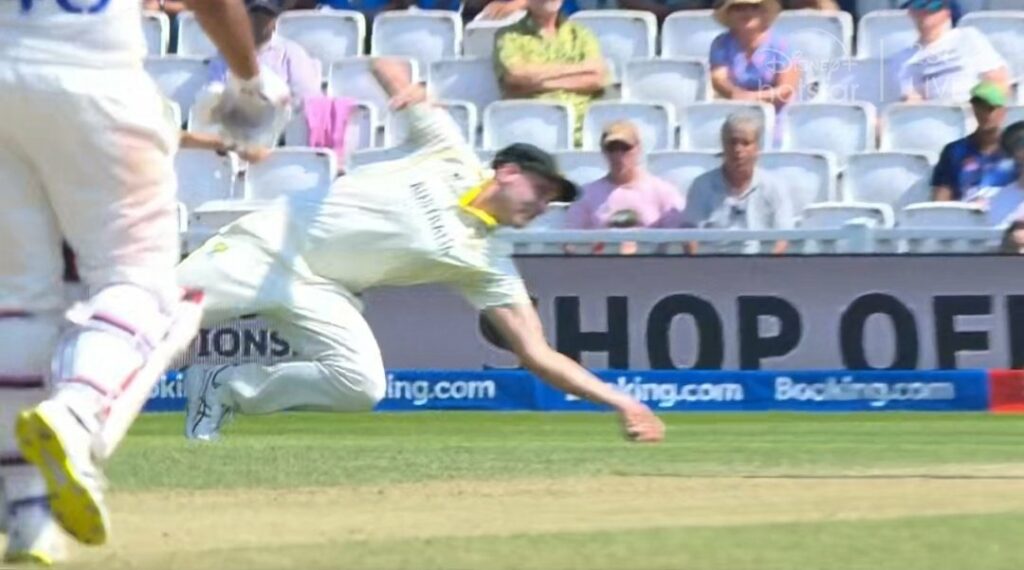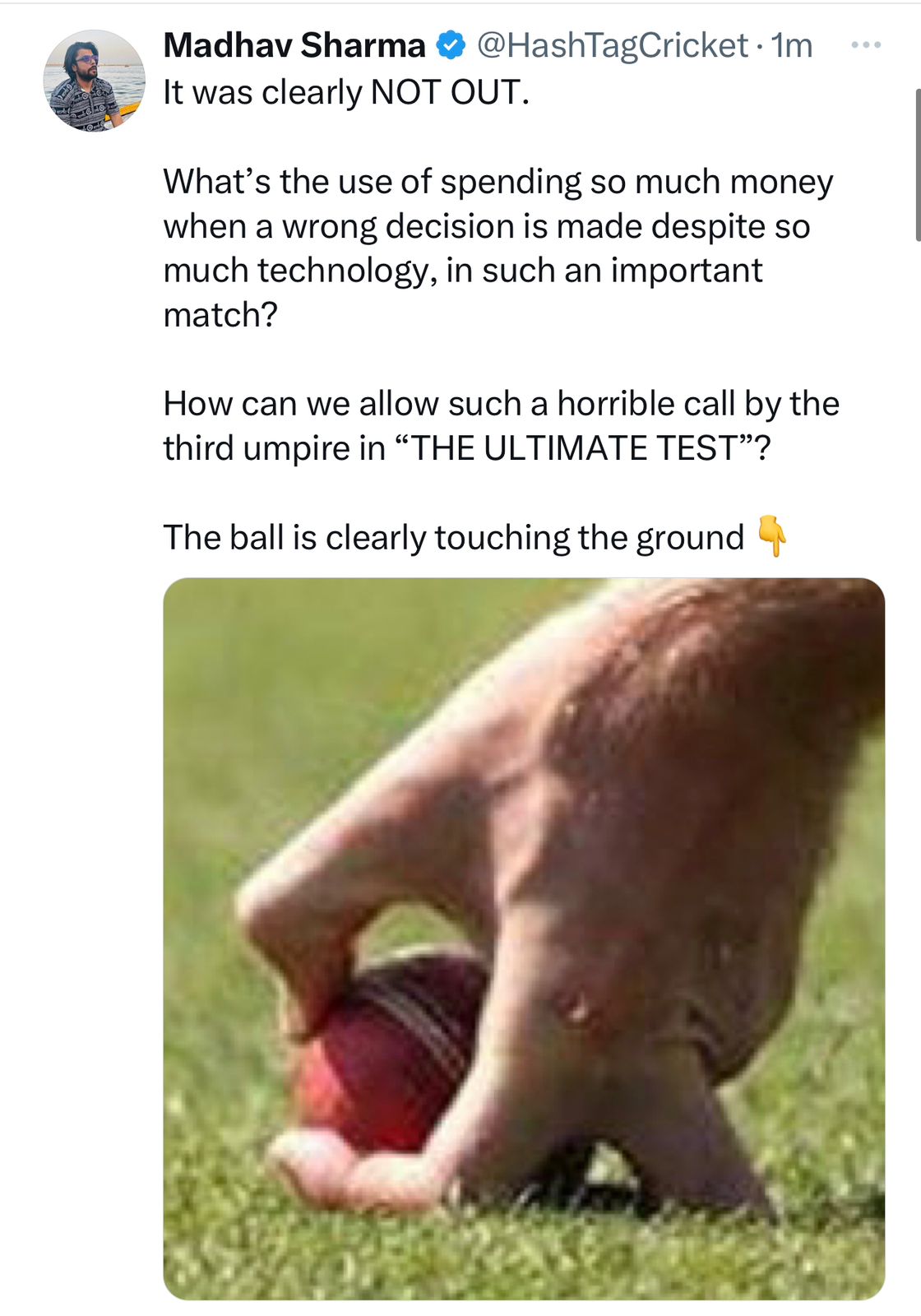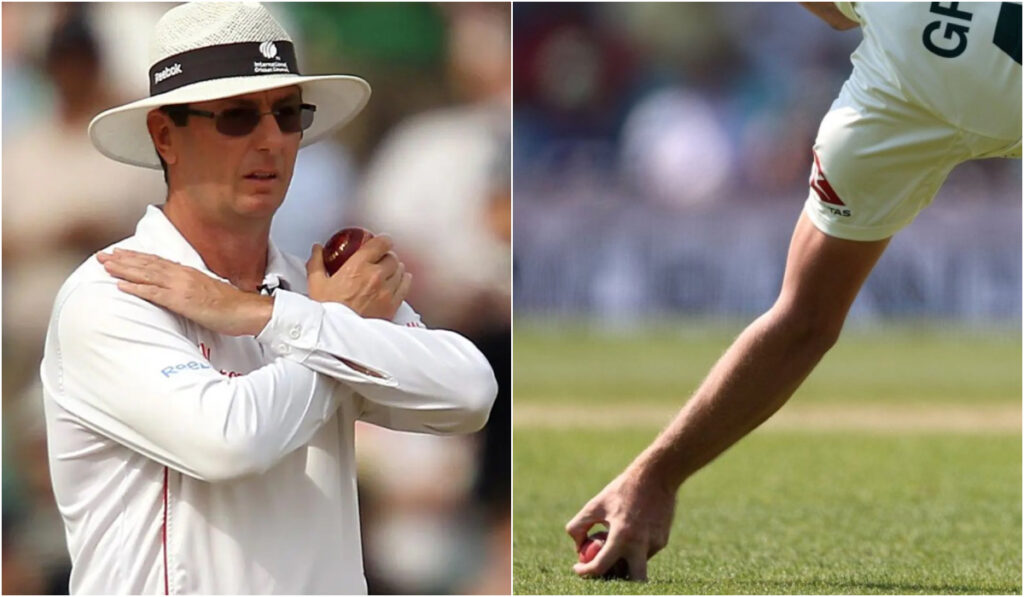Shubman Gill was not-out: The Ultimate Test match – the WTC Final 2023 – will get into its last day with all three results possible. After going behind on the first couple of days, India have shown great fight to not only keep the game alive but now, with 280 runs needed and 7 wickets in hand, have kept the hopes of an improbable chase burning.Day 4 was an absorbing day of play at The Oval with India retaliating with the bat in the chase of a mammoth target of 444 runs.
Shubman Gill‘s dismissal triggered a widespread debate when Cameron Green held on to a tough chance in slip.
Shubman Gill edged a length delivery from Scott Boland. Cameron Green, standing at gully, put in a dive with his left-hand just plucking the ball, but also brushing against the ground. With the on-field umpires not sure of the catch, they took matters upstairs.
The third umpire Richard Kettleborough took his time to see all replays and angles available, and eventually, he concluded that Green had his fingers underneath the ball, and thus gave Gill out. This decision was met with a great deal of scrutiny and criticism because soon after another image went viral which suggested that perhaps the ball brushed the grass through the gap between Green’s fingers. There are also talks about Green being “in full control” of catch.

So what are the laws regarding the catch with fingers touching the ground?
Was Cameron Green’s catch of Shubman Gill clean and did the 3rd umpire made the right decision?
Law 33 of the Laws of Cricket deals with catches. It states: “The striker is out Caught if a ball delivered by the bowler, not being a No ball, touches his/her bat without having previously been in contact with any fielder, and is subsequently held by a fielder as a fair catch, as described in 33.2 and 33.3, before it touches the ground.”
Law 33.2 states, “a catch will be fair if the ball is held in the hand or hands of a fielder, even if the hand holding the ball is touching the ground.”
This law clears it that the fingers under the ball is acceptable, but as long as the ball doesn’t touches the ground. However, here, in Cameron Green’s case, there is a chance that the ball touched the grass – and it’s totally possible that Green wouldn’t know of it – while the fielder was in the motion of taking the catch.
So, as per the law, Shubman Gill was clearly not-out.
The Cricket Lounge’s editor-in-chief Madhav Sharma also shared his opinion on how Cameron Green had dropped Shubman Gill and he was given out unfairly.

Coming back to the laws of the game, Law 33.3 elaborates on: “The act of making a catch shall start from the time when the ball first comes into contact with a fielder’s person and shall end when a fielder obtains complete control over both the ball and his/her own movement.”
The key, to focus on wording here is the fielder is in “complete control over both the ball an his own movement”.
Now, it is upto the third umpire how he interpreted that a fielder is in complete control over the ball and his own. According to the third umpire, Green was in complete control of the catch and himself.
Remember, there is no soft signal now. So, the third umpire had to make a decision of his own. Indian fans have argued that since the evidence was inconclusive, or that it wasn’t conclusive that Green had taken a clean catch, the benefit of doubt should have gone to Shubman Gill.

